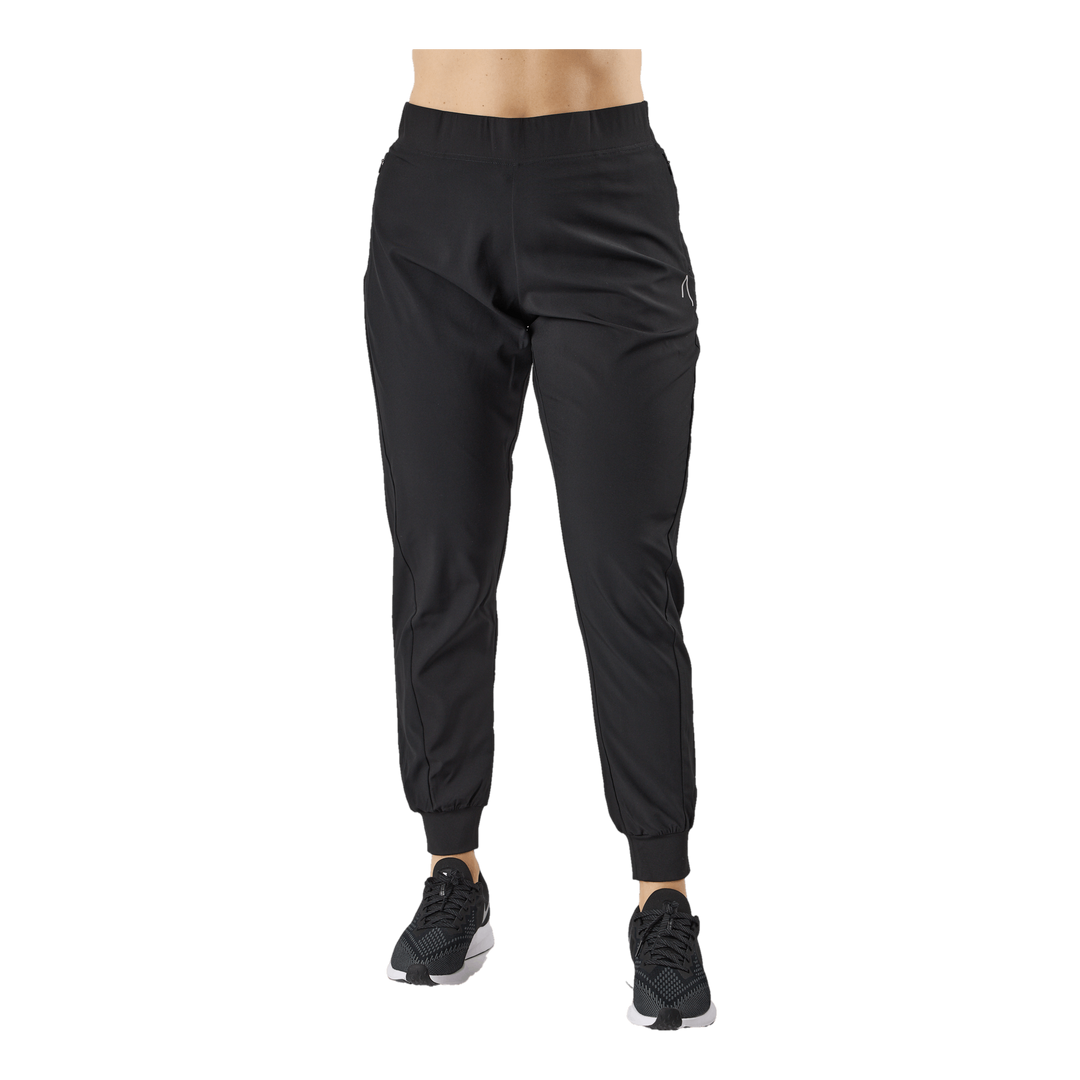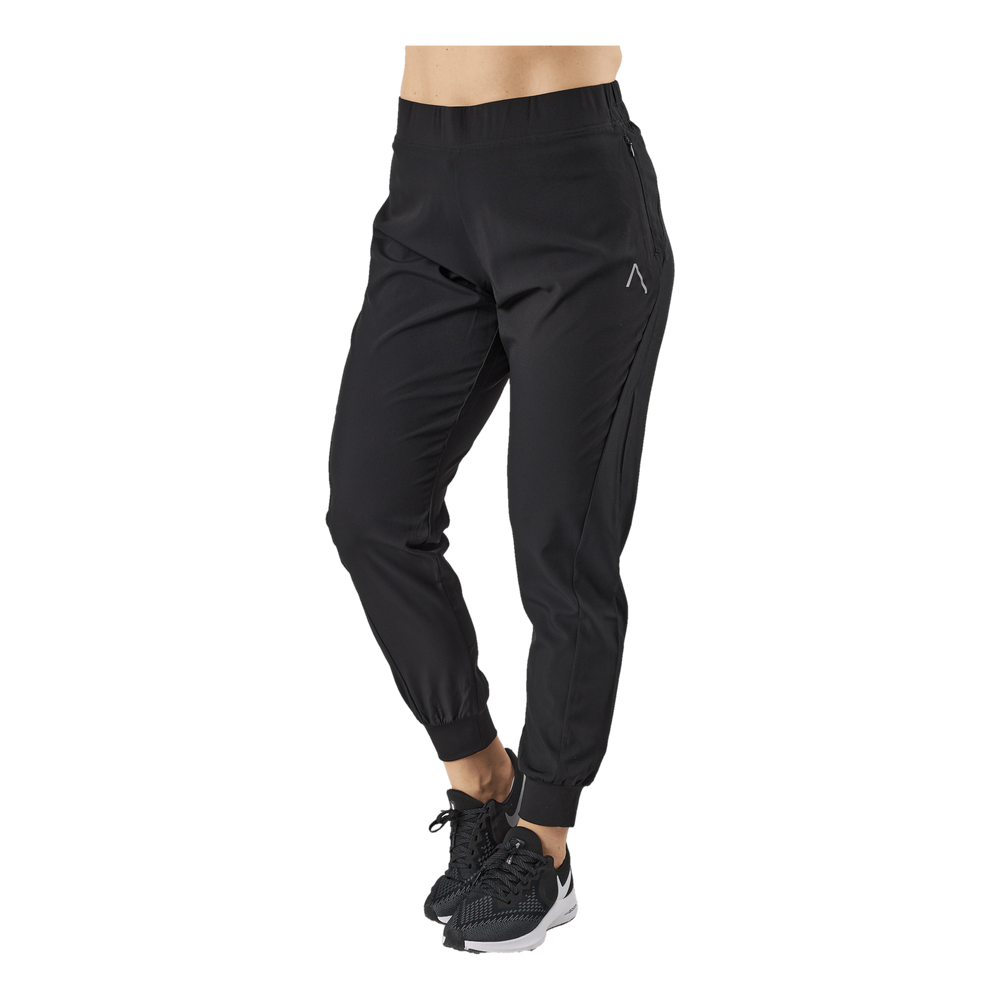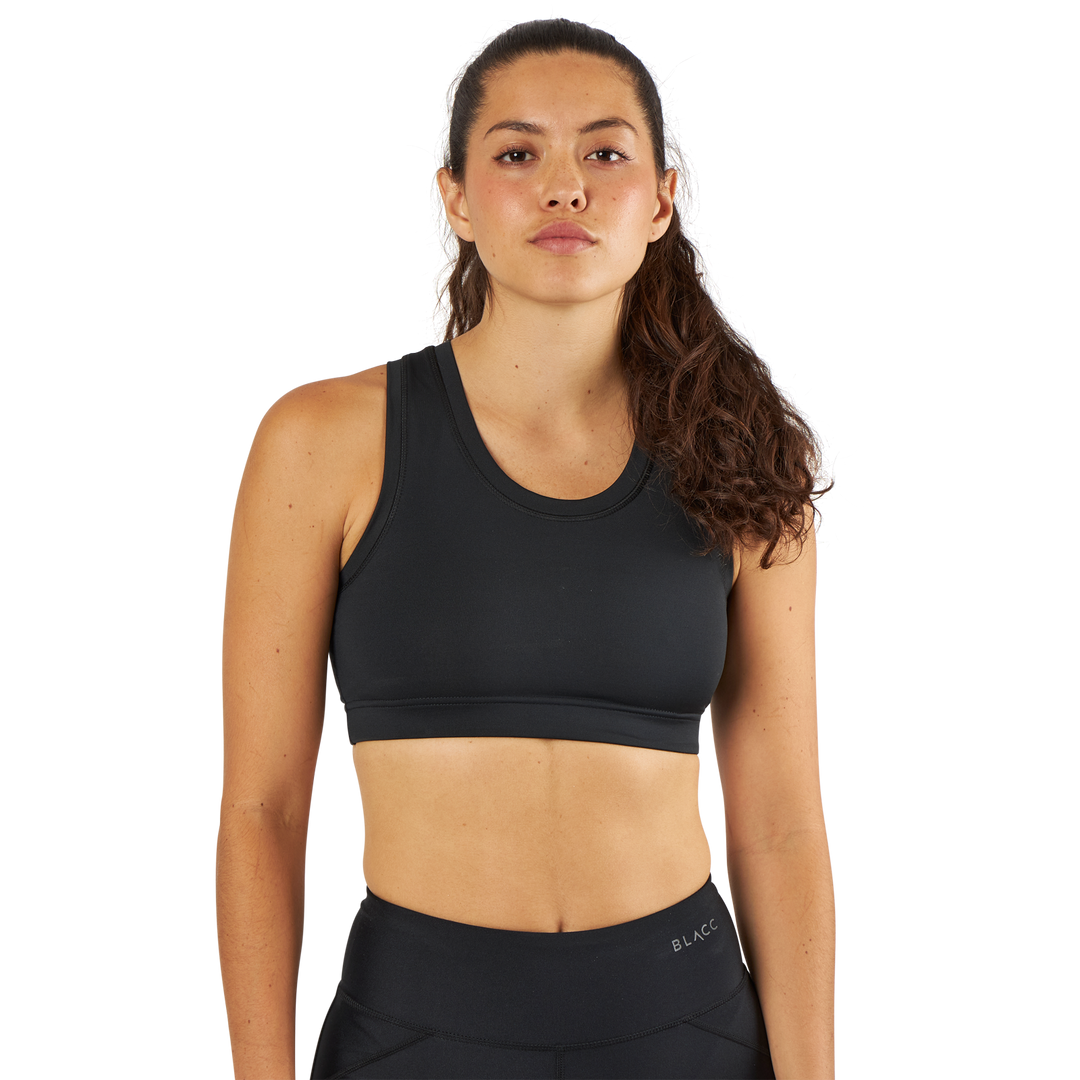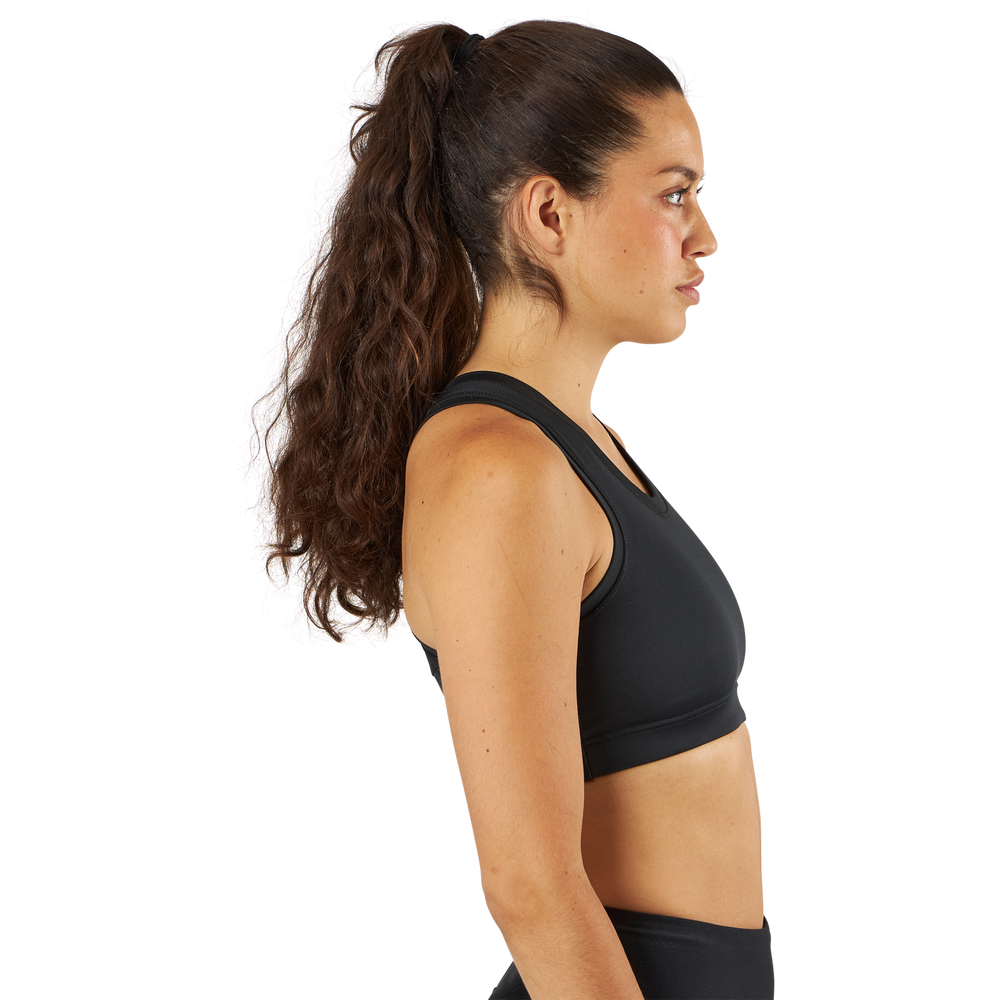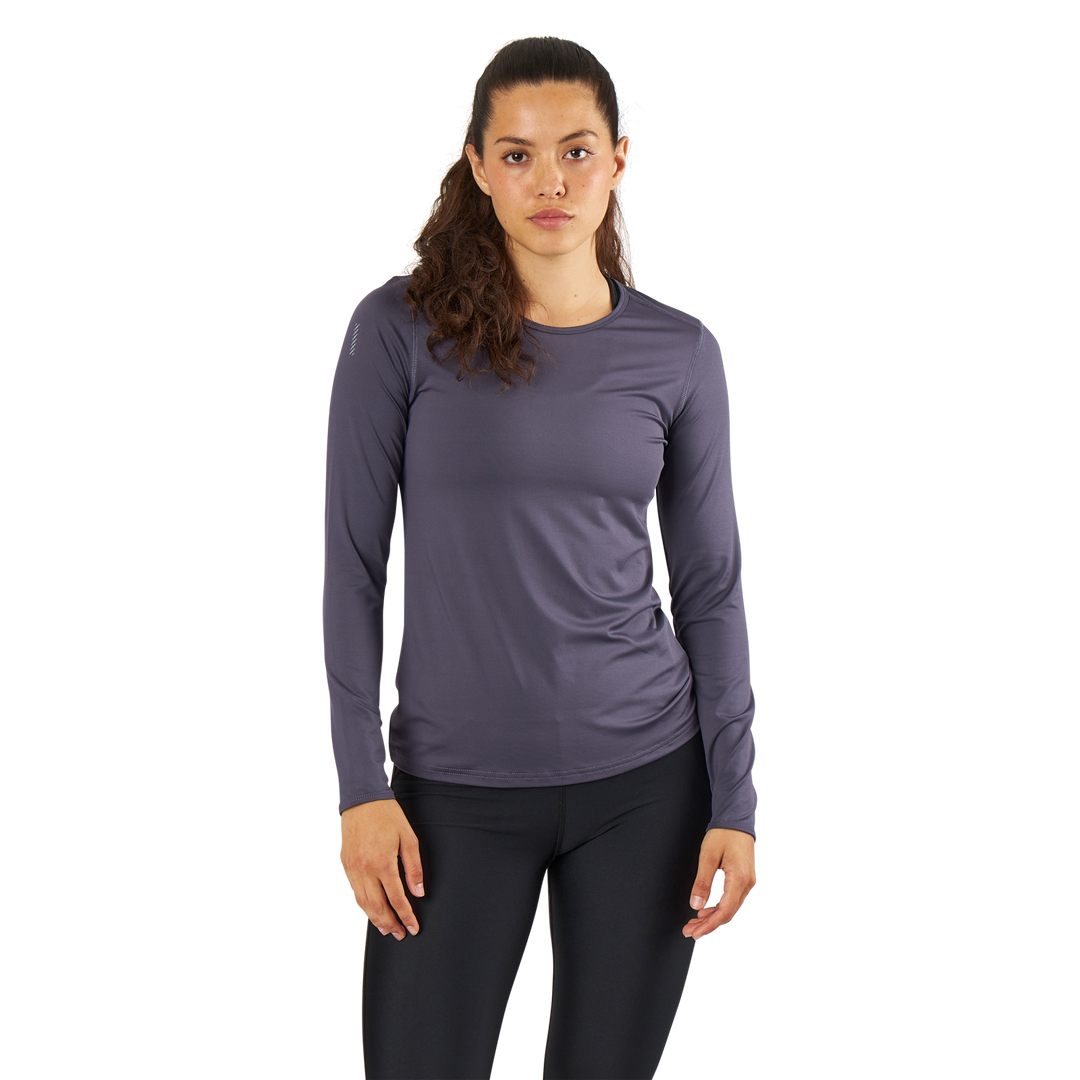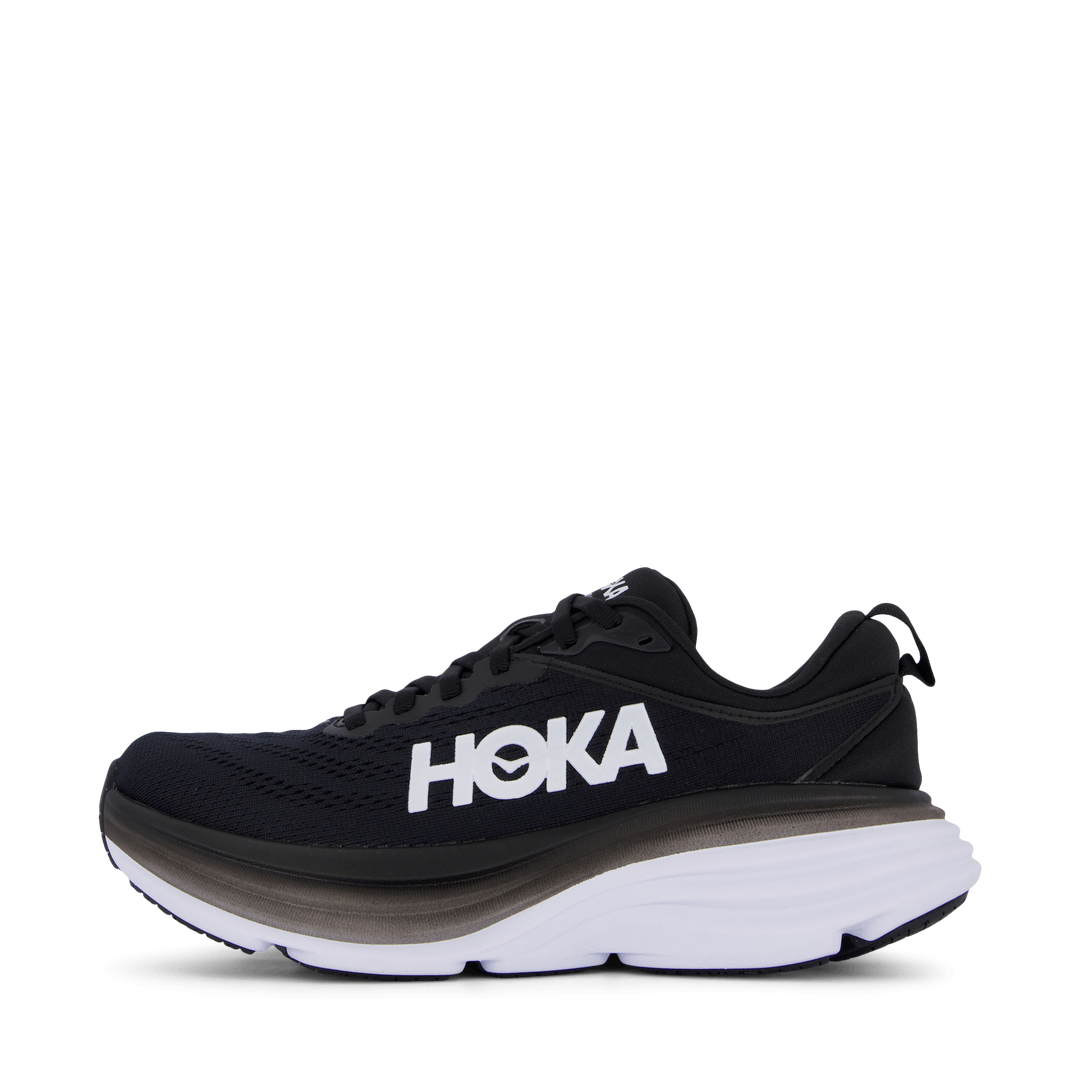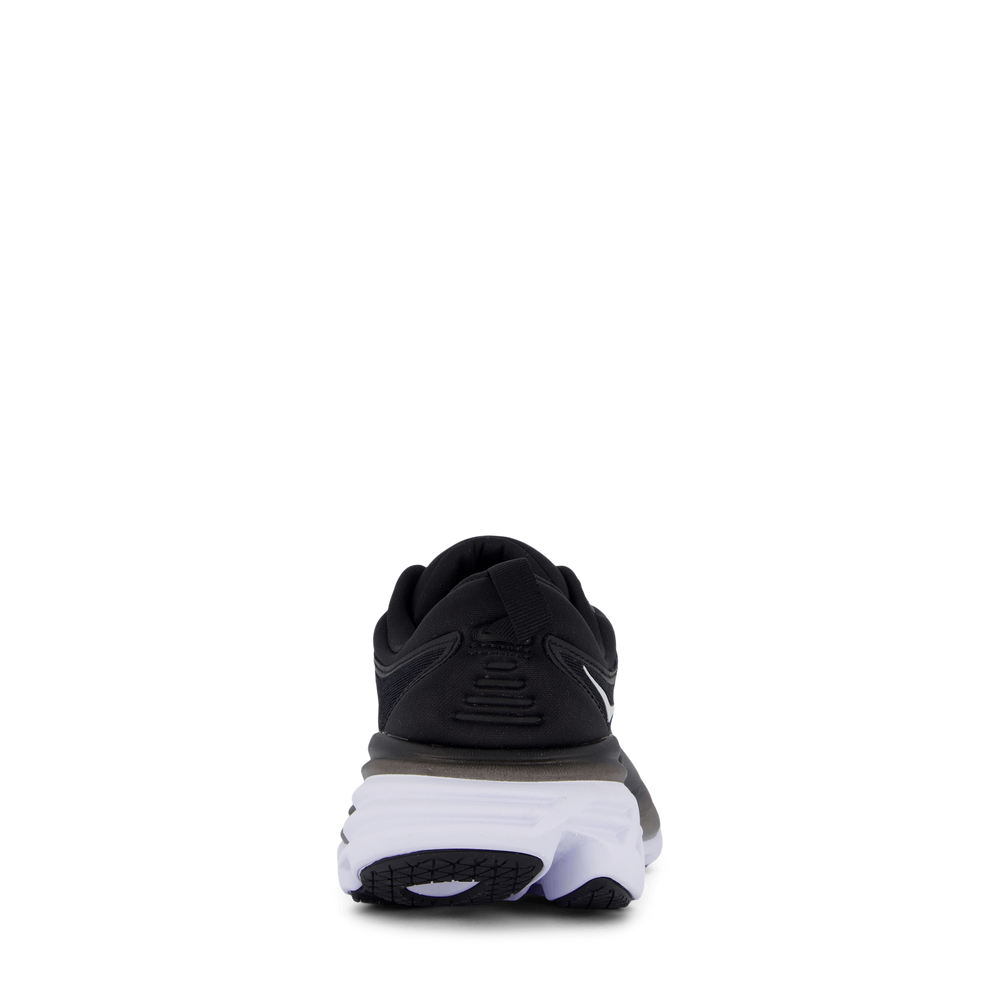
What Muscles Are Worked When Running? Become a Stronger Runner from Head to Toe
Running - A Full-Body Workout That Strengthens Legs, Core, and Upper Body
Many people think that running is just about the legs, but the truth is that this popular form of exercise activates muscles throughout the body. When you run, everything from your calves and thighs to your abs, back, and arms work to propel you forward and keep you stable. By understanding which muscles are involved, you can optimize your running training and complement it with strength exercises to become a stronger and more resilient runner.
Leg Muscles - The Engine of Running
It's no secret that the legs do the heavy lifting when you run. Here are some of the key leg muscles that are activated:
- Calves: The gastrocnemius and soleus in the calves provide the power to push off with each step and help stabilize the foot and ankle.
- Quadriceps: The large muscles on the front of the thigh, including the rectus femoris, vastus lateralis, vastus medialis, and vastus intermedius, extend the knee and drive the leg forward.
- Hamstrings: The muscles on the back of the thigh - semitendinosus, semimembranosus, and biceps femoris - bend the knee, extend the hip, and provide power in the running stride.
- Hip Flexors: The iliopsoas, a deep muscle that runs from the spine to the thigh bone, flexes the hip and lifts the knee upward with each step.
- Glutes: The gluteus maximus, medius, and minimus extend and rotate the hip to drive the leg backward and provide power in the running stride.
Core - Your Stabilizing Center
A strong core is crucial for keeping the upper body stable and efficiently transferring power between the legs and arms when you run. Some of the key core muscles that are activated include:
- Rectus Abdominis: The straight abdominal muscles on the front of the abdomen help flex the spine and stabilize the pelvis.
- Obliques: The diagonal abdominal muscles on the sides rotate and flex the upper body and help stabilize the spine.
- Transversus Abdominis: The deep abdominal muscle that wraps around the midsection like a belt, providing stability to the spine and pelvis.
- Multifidus: The small muscles along the spine that provide segmental stability and resist rotation.
Upper Body - Your Swinging Arms
Although the legs and core do most of the work when running, the arms play an important role in balance, coordination, and propulsion. Here are some of the upper body muscles that are active:
- Deltoids: The shoulder muscles that lift and swing the arms forward and backward.
- Latissimus Dorsi: The broad back muscles that extend, adduct, and inwardly rotate the shoulders.
- Pectoralis Major: The chest muscles that bring the arms forward and inward across the chest.
- Triceps: The muscles on the back of the upper arm that extend the elbow and push the arm backward.
- Biceps: The muscles on the front of the upper arm that bend the elbow and bring the arm forward.
Optimize Your Running Training for Strength and Endurance
Now that you know which muscles are worked when running, you can tailor your training to become a stronger and more enduring runner. Here are some tips:
- Complement your running with strength training 2-3 times a week, focusing on exercises that challenge the leg muscles, core, and upper body.
- Vary your running training with intervals, hills, and different surfaces to challenge the muscles in new ways.
- Incorporate injury-prevention exercises like hip raises, lunges, and planks to strengthen weak points.
- Stretch and roll regularly to keep the muscles supple and reduce the risk of injury.
- Listen to your body and allow for adequate rest and recovery between sessions.
By taking care of the whole running body, from calves to shoulders, you lay the foundation for many strong and enjoyable miles on the running trail. So lace up your shoes and head outdoors - now you know exactly which muscles will be thanking you afterward!
From Runner to Whole Being - Strengthening the Body 360 Degrees
Running is a wonderful form of exercise that strengthens and develops muscles from head to toe. But to be the best runner you can be, you should see yourself as a complete athlete, not just a pair of legs trudging forward. By complementing your running with functional strength training, mobility exercises, and mental training, you build a strong, supple, and resilient body that is ready for any challenge.
So the next time you lace up your running shoes, remind yourself that you are so much more than the sum of your muscles. You are a whole being - a complete person moving with joy, strength, and purpose. Let that realization be your inner compass on the path to new personal bests, on the running track and in life. Step by step, muscle by muscle, you become the best version of yourself. And that, my running friend, is the greatest victory of all.




